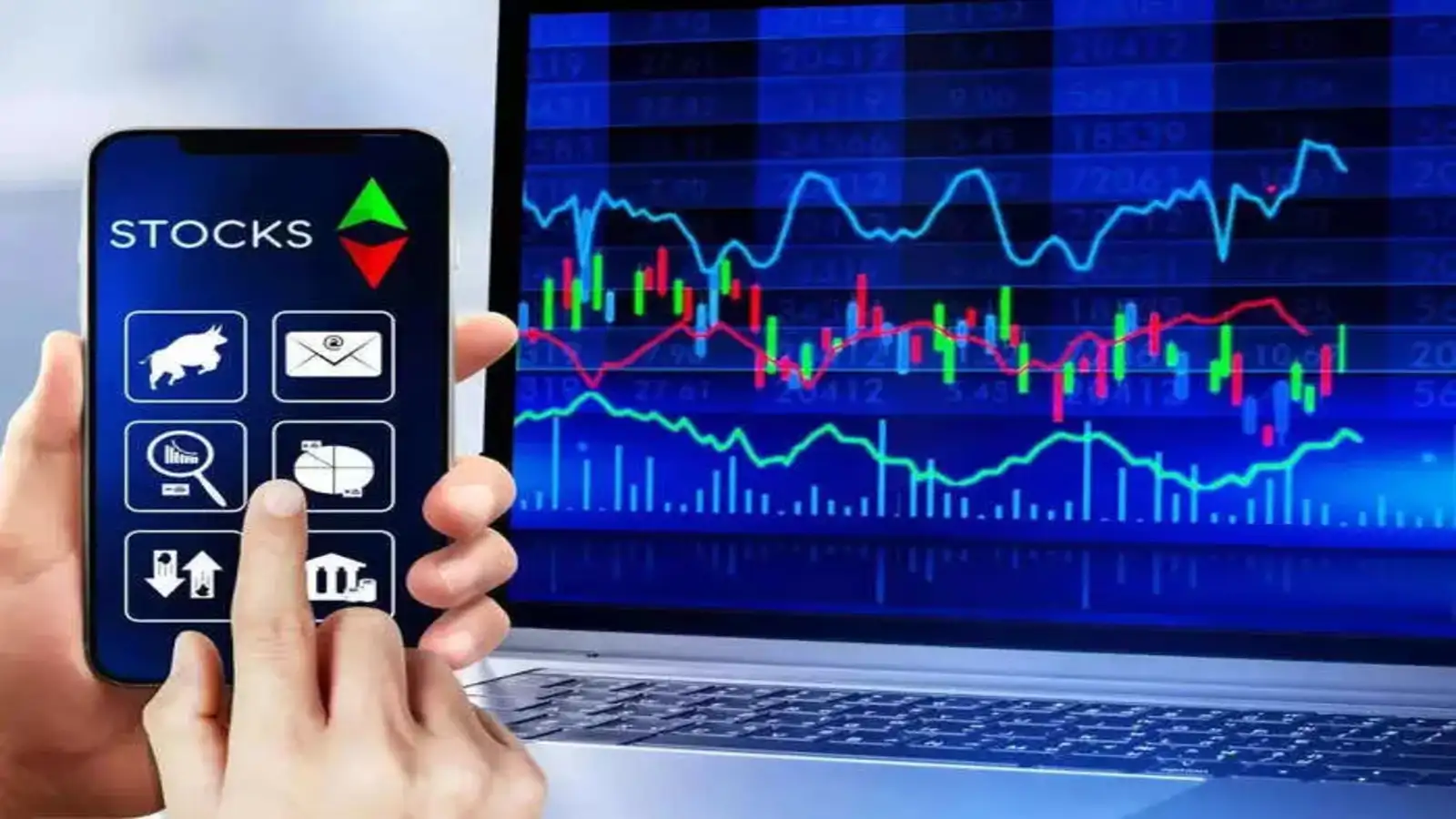Markets are prepare for critical central bank decisions this week, a cloud of uncertainty continues to hang over global investors. The primary culprit? A volatile mix of aggressive trade policies, rising geopolitical friction, and a shifting economic outlook. At the heart of it is U.S. President Donald Trump’s latest tariff move a 100% levy on foreign-produced films that has reinforced concerns over America’s increasingly unpredictable trade stance. While some optimism emerges from potential agreements with other nations, the lack of clarity and consistency is keeping risk appetite in check.
China’s recent openness to discussions signals a possible thaw in the U.S.-China tariff standoff, yet the broader mood remains cautious. Investors have learned not to get too comfortable with positive signals, especially when policy pivots remain a tweet away. Even Trump’s suggestion of deals coming “as early as this week” hasn’t been enough to spark sustained optimism. U.S. Treasury Secretary Scott Bessent’s more grounded remarks mentioning talks with 17 countries rather than the exaggerated 200 highlight the gap between political messaging and economic reality.
Meanwhile, geopolitical stress continues to intensify. Drone strikes in Moscow, fresh incursions in Russia’s Kursk region, and Israel’s coordinated strikes in Yemen following a Houthi missile attack are more than just headlines they’re fueling demand for safe-haven assets like gold and the Japanese yen. These developments aren’t just regional they ripple across asset classes, disrupting flows and reinforcing a cautious stance.
Crude oil, a traditional barometer of economic confidence, is another story of reversal. After a sustained slide due to OPEC+ ramping up output, a modest rebound hints at short-term technical buying but oversupply fears linger. Barclays’ revised Brent forecast down to $70 for 2025 reflects broader skepticism around demand recovery amid persistent economic headwinds.
On the monetary policy front, all eyes turn to the Federal Reserve. Markets expect no immediate rate change, but with rate-cut expectations easing, Jerome Powell’s guidance could trigger sharp moves. The ISM Services data and solid labor figures offer some cushion for the dollar, but they’re not enough to dispel recession concerns entirely.
In this environment, investors must navigate carefully balancing between data-driven signals and policy-induced noise. Caution isn’t just wise; it’s necessary.
Market volatility 2025, Trump tariffs, US-China trade war, safe-haven assets, gold price outlook, oil market analysis, OPEC+ strategy, Fed rate decision, geopolitical risk





